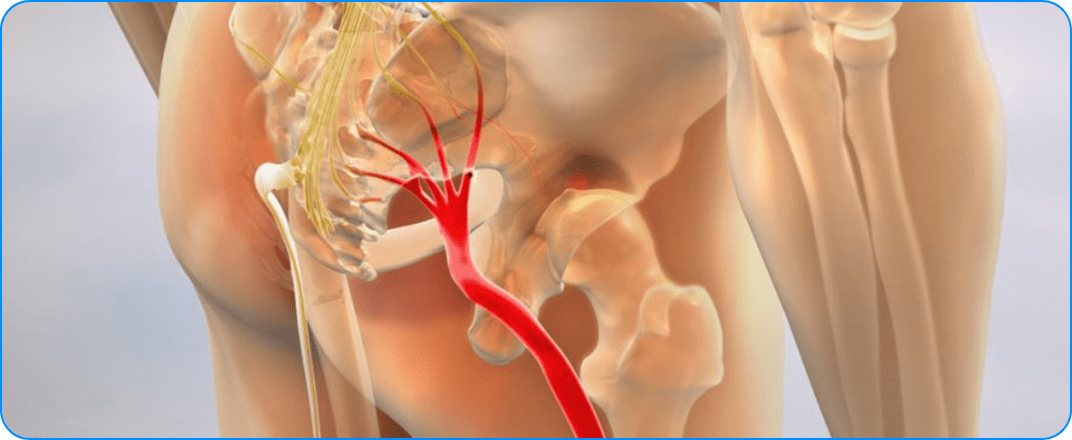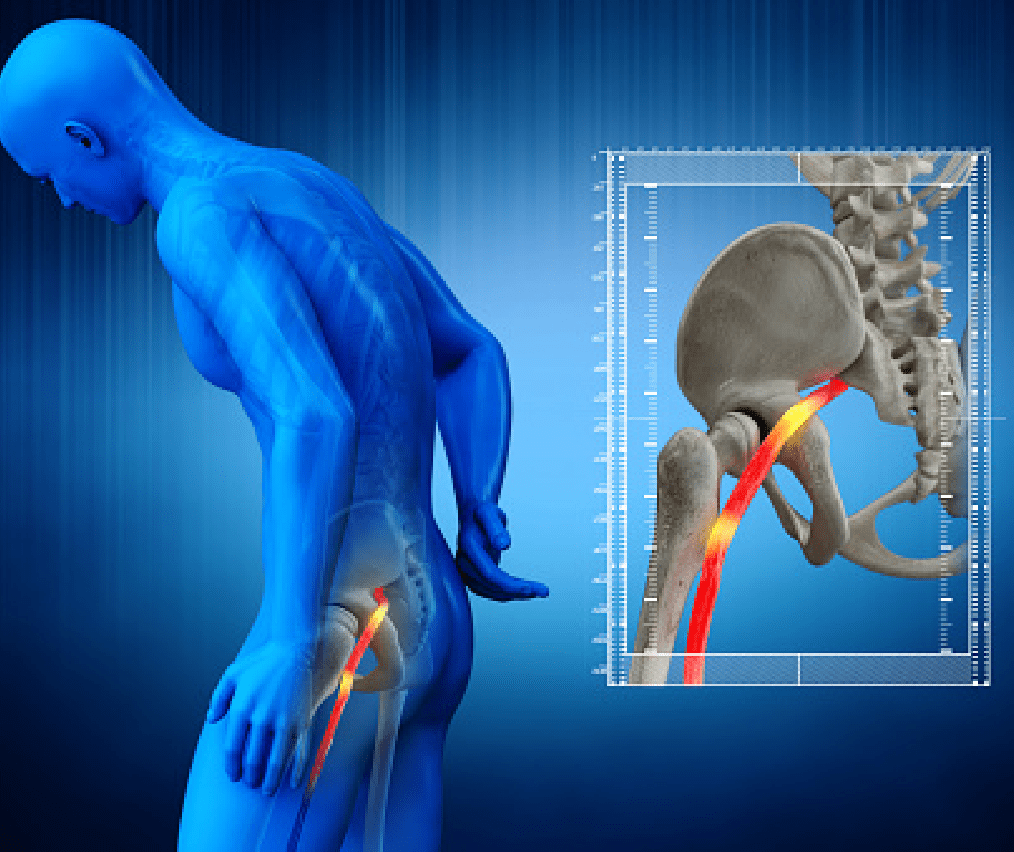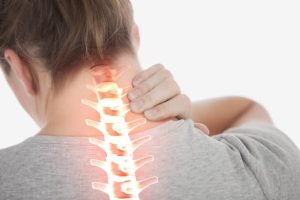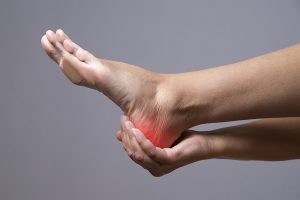What is Sciatica?
Sciatica is a neurological syndrome characterized by pain radiating along the sciatic nerve and its branches. The condition is commonly caused by a herniated disc. The pain may be dull or acute and worsens with exertion, posture changes, coughing, or sneezing.
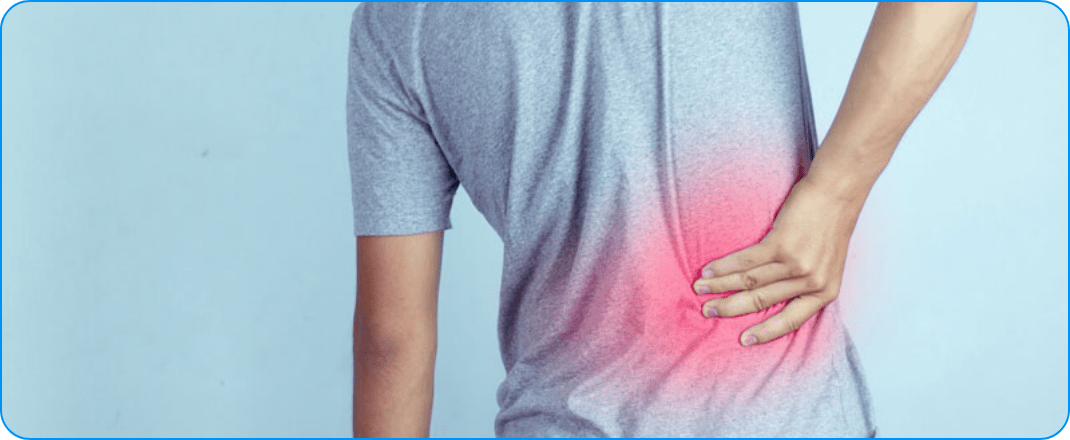
Causes of Sciatica
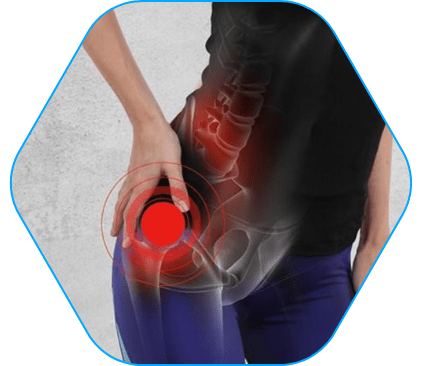
Nerve Compression
The sciatic nerve may be compressed by tumors, muscles, internal bleeding, infections, or complications from injuries such as pelvic fractures, trauma, or pregnancy (though rare).

Trauma
Injuries, degenerative arthritis, or inflammation can irritate or cause swelling of the sciatic nerve. Conditions such as intervertebral disc inflammation, vertebral body damage (often due to tuberculosis, bacteria, or tumors) may also contribute.

Obesity and Overweight
Excess body weight increases pressure on the spine, heightening the risk of musculoskeletal disorders and sciatica.
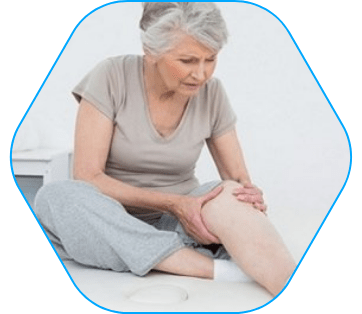
Age
As age advances, spinal conditions such as herniated discs, spinal degeneration, and spinal osteophytes become more common, compressing nerves and leading to sciatica.
Common Symptoms of Sciatica
Sciatica, also known as sciatic nerve pain, affects the longest nerve in the body, extending from the lower lumbar region to the toes. It typically occurs in individuals aged 30–60. Sciatica manifests as a series of symptoms, including pain and discomfort radiating from the lower back to the hips, posterior thigh, calf, ankle, and foot, requiring prompt treatment. Symptoms vary depending on the cause, but common signs include:
» Pain radiating from the lower spine (lumbar region) to the buttocks and down the back of the leg, a hallmark of sciatica.
» Pain along the sciatic nerve pathway, from the lumbar spine to the lateral thigh, anterior-lateral calf, lateral ankle, and toes.
» Severe pain triggered by coughing or sneezing.
» Numbness, tingling, or muscle weakness in the affected leg or foot.
» In severe cases, sciatica can make walking difficult or impossible.
Complications of Sciatica
Spinal stiffness and reduced strength in the lower limbs
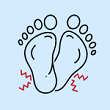
Loss of leg movement control
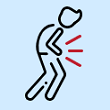
Loss of bowel and bladder control
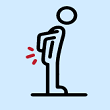
Scoliosis, spinal deformity, or kyphosis
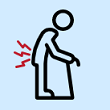
Muscle atrophy
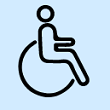
Paralysis
Non-Medicated Treatment
At Nguyen Tung Orthopedic Clinic Vung Tau, our Graston Technique effectively releases tight muscle areas. This method is far more efficient than other treatments for muscle strain, often providing noticeable relief after just one session.


